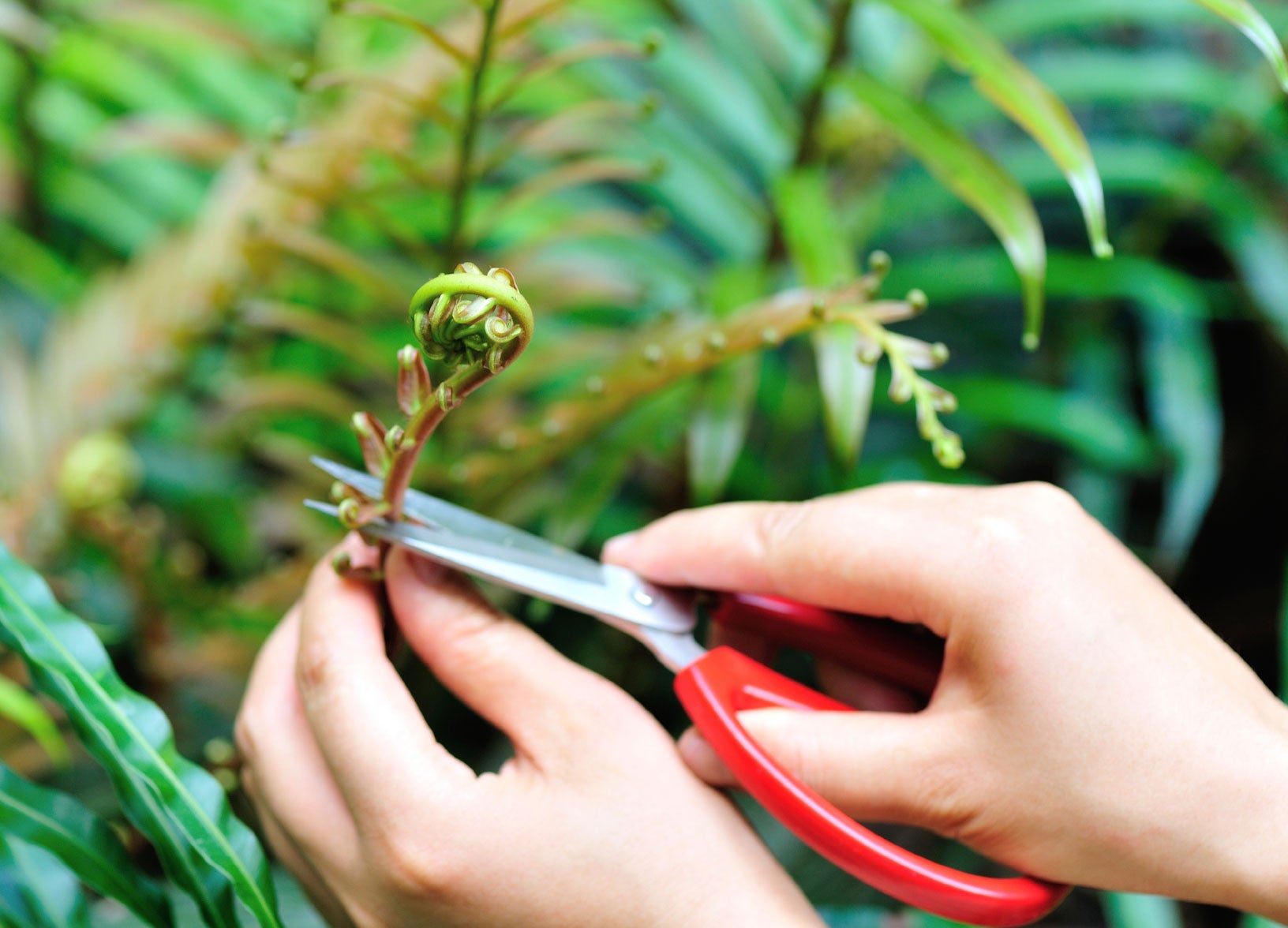What Is Wild Harvesting: Learn About The Dangers Of Wild Harvesting
If you enjoy harvesting wild plants, remember they are part of a complex ecosystem, and bringing them home can present a disadvantage in your landscape, posing dangers to other plants or animals.

Caroline Bloomfield

It's tempting after a lovely walk through nature to want to bring home some of its beauty. Perhaps you spied an unusual flower or small tree that would look fabulous in your landscape.
Wild collection is frowned upon by the Forest Service, plant experts, and many others. Why is wild harvesting plants seen in a negativce light?
These aren't just free plants but are part of complex ecosystems. They can also pose real dangers to your landscape and other plants and animals in your care.
There is a huge variety of unique flora in our parks, forests, and waters. Gardeners whose landscape mimics the natural landscape may find themselves enticed by the plants in public spaces, but in most states, plant harvesting from wild sources is illegal. There are also other reasons not to remove plants from their natural state.
The following is a breakdown on what wild harvesting is, and what can and can't be collected.
What is Wild Harvesting?
You may think wild harvesting is simply gathering blackberries in the forest or mushroom hunting. There is some truth to this, but it also refers to collecting wild plants and taking them home for personal use.
Wild harvesting plants can destroy fragile ecosystems and, in some cases, an animal's habitat.
Sign up for the Gardening Know How newsletter today and receive a free copy of our e-book "How to Grow Delicious Tomatoes".
Additionally, many plants in nature have diseases or come with tag-a-long invasive or nuisance species. This is particularly common with water plants, which may bring into your pond such weeds like milfoil or Elodia. These can invade your system, choke out other plants, and clog your filters.
Introduced species with disease could kill your fish or other domestic life. This is one of the clearest dangers of wild harvesting. Plant harvesting from wild sources is never a good idea and may even be against the law.
Wild Harvest Do's and Don'ts
As long as you aren't gathering native plants, wild foraging is fun and a great way to spend the day in nature.
Before you go collecting, check with the local forestry service and obtain any permits necessary. You also need to ensure the plants are in season. The rangers can usually give you a guide or map to known locations of your desired food or herb.
Never collect things like herbs or mushrooms if you are not thoroughly knowledgeable of these plants. One of the dangers of wild harvesting edibles is that you might mistake one food for another as in the case of poisonous mushrooms. Many a forager has ended up in the hospital, or worse, from ingesting the wrong food.
There are a few basic wild harvest do's and don'ts to remember when gathering edibles:
- First, never take white or green berries and avoid any plant with a milky sap. Purple and black berries are usually okay, but never eat a berry unless you know what it is. Watch what animals eat to gauge if it is edible.
- Anything that looks like parsley or carrots is likely unsafe to eat.
- You can always rely upon the adage, “leaves of three, let them be.”
- Never take all of a food, as it is necessary for wild animals and removing it will prevent seed production for future crops.
If you have any doubts about a plant's level of safety, leave it alone and don't take any chances. Follow these basic guidelines and have a fun and productive gathering trip.

Bonnie Grant is a professional landscaper with a Certification in Urban Gardening. She has been gardening and writing for 15 years. A former professional chef, she has a passion for edible landscaping.
- Caroline BloomfieldManager of Marketing Communications